If you do a Google search for the Woolly Worm you are going to find a lot of links with hackled flies that are relatively true to the origin of this fly, but you will also find some flies that has only a very slight resemblance to the original. I like to experiment as much as the next guy (or girl), but I think it is a bit sad when a fly type get’s washed out to a degree – where you don’t really recognize the basic elements.
Ok… I know the first prototype of Woolly Worm actually didn’t have a tail. It was tied as a bass fly. But as the popularity grew and the worm turned into a trout fly as well, the tail (usually red wool or floss) was added – and is kind of part of the package now.
Other characteristics are the chenille body and a reverse tied palmer hackle over the body. Especially the reverse hackle is in my opinion what makes the Woolly Worm stand out as special. Otherwise it would just be a palmer hackled wet fly – like the Soldier Palmer, Black Zulu and a lot of other wonderful classics.
The reverse hackle gives a lot more resistance when you strip the fly through the water, making a great fly for upstream wet fly fishing or nymphing. I use this fly for trout and sea trout. It works excellent for fishing close to the riverbank, low hanging vegetation and other structures because the dense reverse hackle makes the Woolly Worm partially weedless. It seldom gets caught up in snags – even though I prefer using soft hackles from hen neck or saddles on my versions.
I tie a lot of different colour versions of the Woolly Worm, but I try to be true to the basics: The tail, chenille body and a reverse tied hackle.
The Woolly Worm is not (as I have seen it described) a Woolly Bugger without a tail. It is quite another beast.


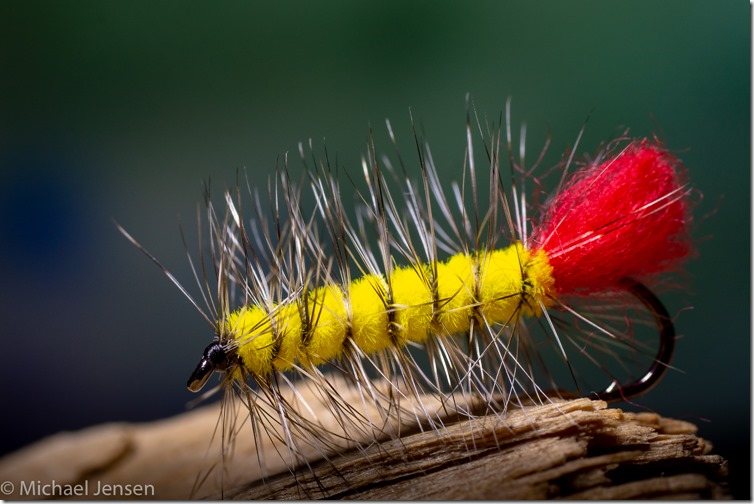
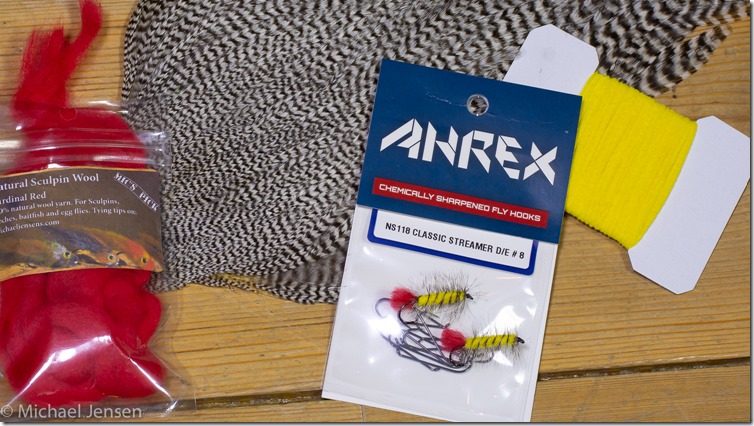
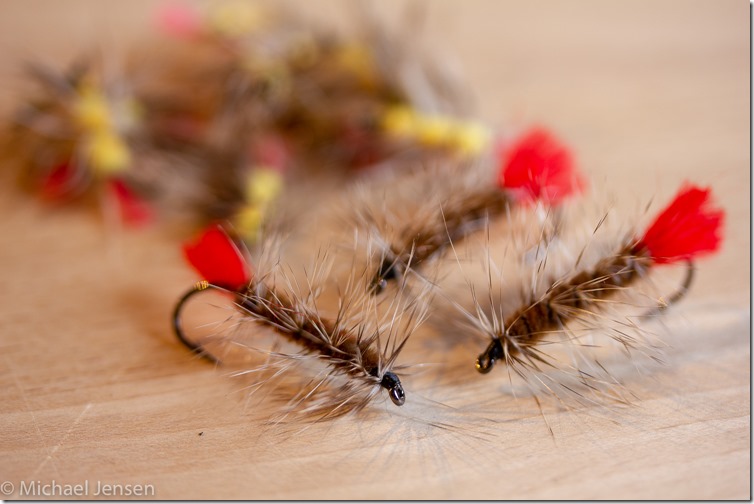
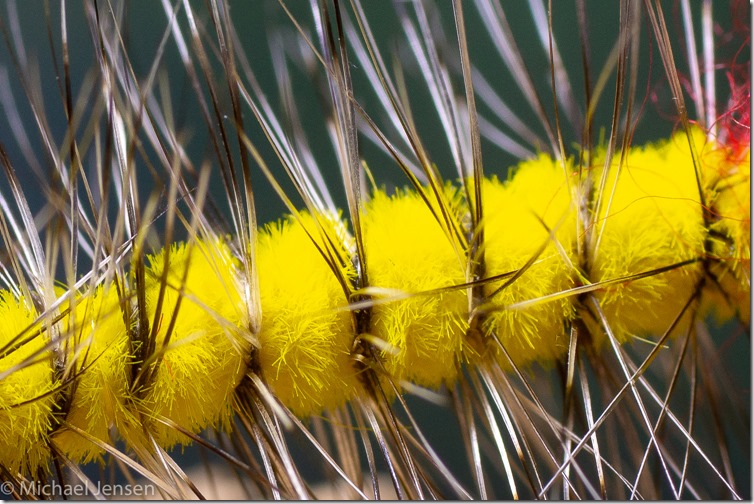
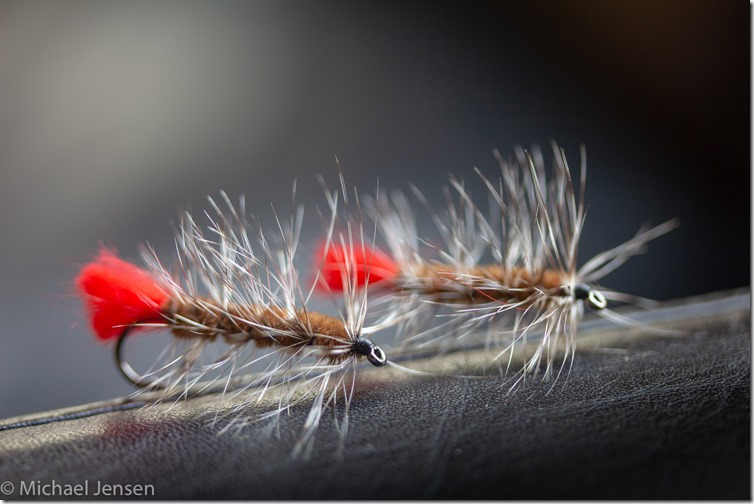

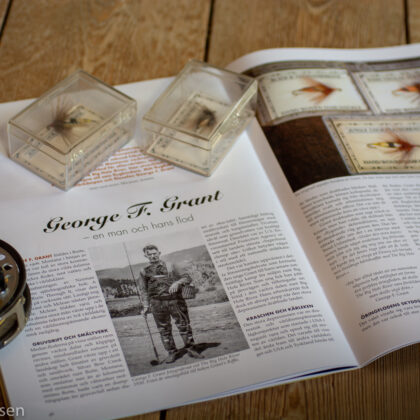
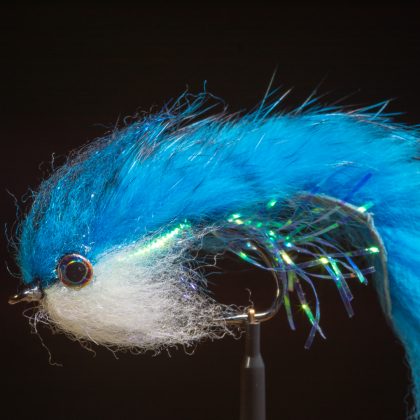
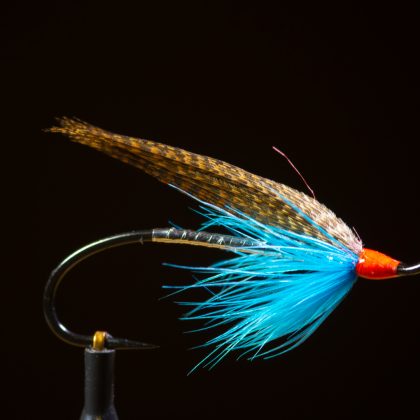

Comments
Joseph Duca
Hi mike, great post. I’ve forgotten about the hackle tied “dry fly” style. You’re right – there’s enough wooly worms on line to fill a pond! (I’ve yet to see the original bass tie ) I agree on the hackle keeping it relatively snag free, especially if it’s non weighted. I know some tiers suggest and use cock hackles on wets or nymphs because they don’t wimp out in faster currents. I don’t know if that’s true as I’ve never “swum with the fishes” ;o) but it sounds reasonable. I know all my early stuff was tied with feathers I found or from game birds until I bought some India cock necks at the store then strung or loose bagged hackle. Most of them caught fish so I never gave it a second thought. One thing I do know is I have to tie some of these and go fish them more. That style is very applicable to pan fish jigs as well – in fact I found an unusual hackled yellow jig that the perch an sunnies loved.
The youtube post also reminded me of Ed Story’s Crackle Back. He tied it back in the 50’s and started the Feather Craft fly shop. He’s passed on now but I received their catalog / bulletin for years. I don’t know if you’re familiar with the pattern or the man, but it’s a versatile fly, tied with Metz #2 saddles in the same manner as the wooly. If you google the man and fly, under videos you’ll find a video of him tying it on youtube.
Take care my friend, Labs Rule!!! ;o)
AJ Hahn
I have a book called The History of Fly Fishing in Fifty Flies by Ian Whitelaw. On page 16 of this book there is a fly called the Palmer-Worm. Apparently this fly is where we get the term palmered hackle from. This fly was originally tied in the 1600’s. The wooly worm is the closest thing we tie to the Palmer-Worm. They are pretty much the same fly. I use the wooly worm for bluegill. I tie it as a nymph/ streamer and a dry fly. It is one of the most versatile flies ever. When you look at the Palmer-Worm it seems that some form of this fly has been around since the 1600’s.
Michael Jensen
Hi AJ, Great bonus info on this versatile fly. Cheers, Michael :0)
Michael Jensen
Hi Joe, sorry for the long response time. Somehow I missed your comment, due to some kind of filter, that only should exclude strange messages from Russian porn sites and stuff ;0) I agree on the hackle part. I don’t have a preference for one type of hackle for all wet flies, but choose for the individual fly – and the way i fish it. I love swinging soft hackle flies as well :0)
I have checked out Ed Story’s Crackle Back. Cool fly. I’ve actually tied a few Crackle Back Woolly Worms some years ago, but didn’t know the basic idea came from Ed. Great background info, thanks. Peacock herl just add a special magic to most any fly.
Thanks for your feedback my friend – and I’m all in on the Lab deal ;0) All the best, Michael
Joe Duca
LOL, Russian porn sites – you’re hilarious! No worries on the reply, I don’t get notification of a reply, should I? I don’t know. Anyway I came here to read the Girdle Bug post (I still have to watch the video). Funny thing though, I recently conversed with a Russian tier after commenting on his video, strictly fish porn, he tied some cool larva or grub things – no whips, flips, or chains ;o) All in Russian. But the thing that got my “attention” was the weighted hook he called a “Mormiska”, says it’s a Russian invention. It looked like a Tiemco 200 R with a tungsten molded “pan” head, no hook eye but a hole in the center to pass line through then tied on the hook shank, gives it a vertical presentation. I thought it looked familiar, at least the name did, as I have an ice fishing jig by that name – but the spelling may be different. I told him there’s lots of awesome ice jigs from Russia and Scandinavia. You ever hear of it?
I was really into ice fishing at one time, read a lot about it too. It can be a rewarding but risky past time if you’re not careful. It’s a freakin’ gas to catch a pike under clear ice in a weedy pond!
Well take care Michael, love your writing and essays, very friendly, down to earth, intelligent style. If your “filter” will allow and I figure out how to do it, I’ll send you some pics of the Lab Clan :o) All the best to you and yours, JD
Michael Jensen
Hi Joe, Yep i know the Mormiska. Around here I think its more often spelled mormyska – but the lure came from Russia, so the Russian guy must be the judge on that. I was into into ice fishing as well, back in the days when we had those really Fimbulwinters (norse mythology reference;0) But since the climate changes has become more extreme, my old ice drill auger don’t see much action. Love ice fishing though. It’s the perfect combination of brutality and finesse. Mormyskas are in the finesse department, and just freaking cool. I remember making some of those myself back then by melting soldering tin around the hook.
By all means let me see those labs. Only problem is that my wife Ulla is looking a lot on lab puppies at the moment – so she is probably gone go in mother mode if she see them. If my porn filter won’t allow – just use my email address from the contact section. All the best, Michael :0)